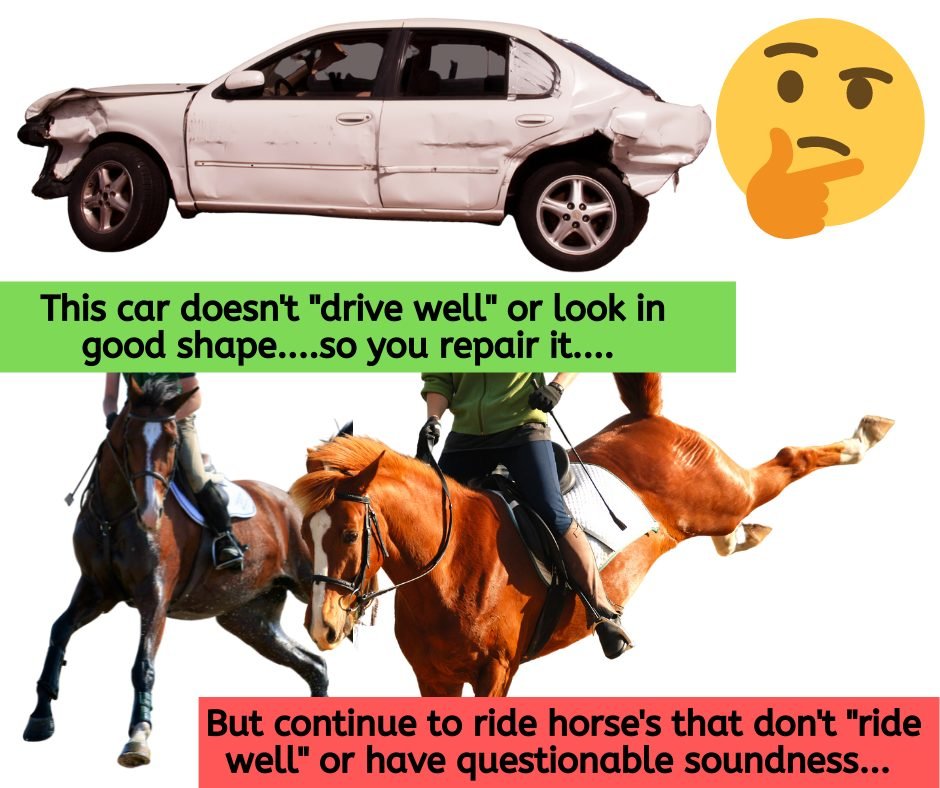
DEVELOPING CONTACT & CONNECTION

Never Forget - This is Our Agenda, Not Theirs

Is “Horsemanship” the Ugly Word?

Some horses can be rehabilitated

Troubleshooting contact issues
Troubleshooting Contact Issues
People tend to label horses as having contact issues when they have trouble with a horse leaning on the bit, being hard to stop, difficult to put in a frame, evading the bit, chomping, getting the tongue over the bit, head tossing or becoming anxious when the reins are picked up.
The biggest mistakes people make when they try and solve these issues are:
Trying to solve the issue by changing things such as the bit, tightening a noseband, changing the bridle or using a gadget such as draw reins; or
Not going backwards far enough to fix a gap or weakness in the horses education; or
Not realising the struggles they are having with their horse are a “contact” problem and just believe they have a horse being difficult or sensitive or spooky or anxious.
This Troubleshooting flowchart highlights four questions related to simple things you can ask a horse to do. The ability of the horse to perform the request will reveal where you need to start to address the issue you are having with the horse.
For many issues it is necessary to go back and re-build or as I call it - reboot - a horse’s riding foundation. I recommend doing this from the ground up into the saddle. People that do this discover that the majority of contact issues they had disappear when all the gaps in the horse’s understanding and confidence have been filled.
For others, the riding foundation might be solid but due to a lack of awareness of how to introduce the horse to working in a frame, have run into trouble trying to get their horse “on the bit”. In this situation people just need to be made aware of all the steps needed to have correct response to the contact. Typically with these horses there are gaps in their understanding that have caused them to brace and become tense instead of soften to the rein aids. Therefore, these horses need to have time spent developing their understanding and confidence in contact and what to do when the reins are shortened.
Finally, there are those that need to develop the horse’s ability to work in a posture that allows them to build strength and move in a way that allows the energy of the hind leg to flow through the body without being impeded by tension or brace.

COMMON APPROACH TO SOLVING HORSE PROBLEMS

WHAT IS OBVIOUS TO PEOPLE

ROLES WITHIN THE HORSE & HUMAN PARTNERSHIP

THE SPECTRUM OF HORSEMANSHIP

BLAMING THE HORSE

THE 5 MINUTE FIX?

KNOWING WHEN TO PAUSE

THE MOUTHY HORSE

helping a horse that runs ahead when led

WHY DO HORSES FREAK OUT WHEN THEY SEE OTHER HORSES?

MISINFORMATION & IGNORANCE

BLOCKING HORSE?

FOLLOW THE FEEL

IS YOUR HORSE ROADWORTHY?
